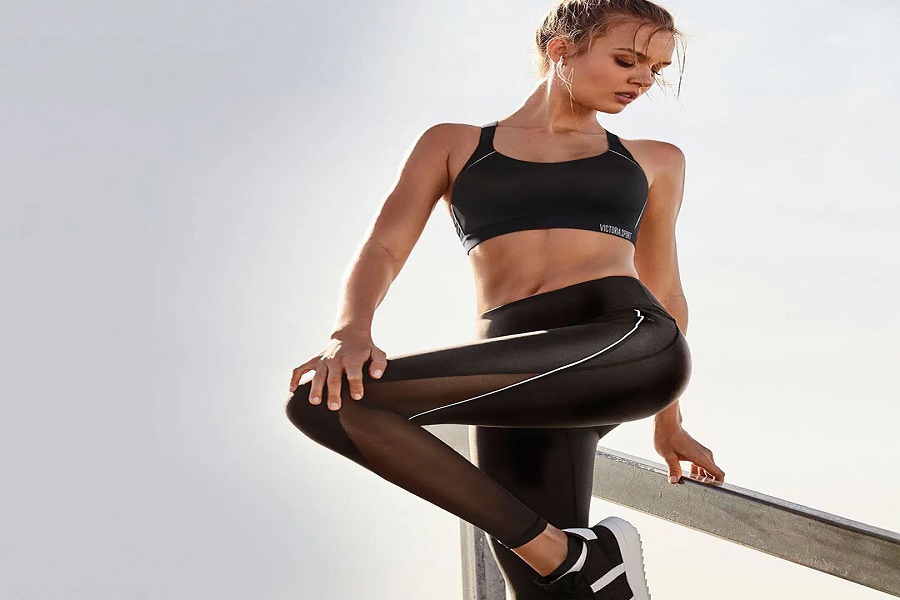The postpartum journey is a rollercoaster of emotions, sleepless nights, and the joy of welcoming a new life into the world. Amidst the whirlwind of parenthood, many individuals find themselves eager to regain their pre-pregnancy shape and tone their midsection.
Enter the waist trainer, a popular garment touted for its ability to cinch the waist and create a more hourglass figure. But when is it safe to start wearing a waist trainer after giving birth? Let’s dive into this topic and explore the ins and outs of postpartum waist training.
Understanding the Postpartum Body:
Before we delve into the timing of postpartum waist training, it’s crucial to understand the changes that the body undergoes during pregnancy and childbirth. From hormonal fluctuations to abdominal muscle stretching, the postpartum body requires time to heal and recover.
After giving birth, the uterus begins to shrink back to its pre-pregnancy size, a process known as involution. Additionally, the abdominal muscles may be weakened or separated—a condition called diastasis recti—further impacting core strength and stability.
The Role of Waist Trainers:
Waist trainers, often made of latex or other compressive materials, are designed to cinch the waist and provide a slimmer appearance. Advocates claim that wearing a waist trainer can help promote sweating, reduce water retention, and provide support to the abdominal muscles.
However, it’s essential to approach waist training with caution, especially during the delicate postpartum period.
Timing Is Key:
So, when is the right time to start wearing a waist trainer after giving birth? The answer isn’t one-size-fits-all and largely depends on individual factors such as delivery method, recovery progress, and overall health.
Healthcare professionals typically advise waiting until after the six-week postpartum checkup before considering waist training. This allows the body time to heal, the uterus to return to its pre-pregnancy size, and any abdominal separation to begin resolving.
Listen to Your Body:
As with any postpartum fitness regimen, it’s crucial to listen to your body’s signals and proceed with caution. If you experience pain, discomfort, or unusual symptoms while wearing a waist trainer, it’s essential to remove it immediately and consult with your healthcare provider. Remember, the goal of postpartum recovery is to promote healing and strengthen the body, not to cause harm or discomfort.
Start Slowly:
When you do decide to incorporate waist training into your postpartum routine, it’s essential to start slowly and gradually increase wear time. Begin by wearing the waist trainer for short periods, such as an hour a day, and gradually increase duration as your body adjusts. Avoid wearing the waist trainer too tightly, as this can restrict breathing and circulation, leading to discomfort and potential complications.
Consider Your Recovery:
It’s important to consider your individual postpartum recovery journey when deciding whether to wear a waist trainer. If you delivered via cesarean section, for example, you may need to wait longer before wearing a waist trainer to allow the incision site to heal properly. Similarly, if you experience any complications during childbirth or have underlying health conditions, it’s essential to consult with your healthcare provider before beginning waist training.
Focus on Core Strength:
While waist trainers may provide temporary slimming effects, they are not a substitute for strengthening the core muscles. Incorporating targeted exercises to improve core strength, such as pelvic tilts, bridges, and modified planks, is essential for postpartum recovery and achieving long-term results. These exercises help rebuild abdominal muscle strength and stability, addressing issues such as diastasis recti and promoting a strong, functional core.
Be Realistic:
It’s essential to maintain realistic expectations when incorporating waist training into your postpartum routine. While waist trainers can temporarily alter your waistline’s appearance, they are not a permanent solution for achieving a toned midsection.
Focus on overall health and well-being, rather than solely on achieving a certain waist size or shape. Embrace your postpartum body and celebrate the incredible journey it has undergone to bring new life into the world.
Listen to Your Comfort Level:
Ultimately, the decision to wear a waist trainer after giving birth should be based on your comfort level and individual preferences. If wearing a waist trainer makes you feel confident and supported, then by all means, incorporate it into your postpartum routine. However, if you find that waist training causes discomfort or interferes with your daily activities, it’s okay to skip it altogether.
Conclusion:
In conclusion, the timing of when to wear a waist trainer after giving birth is a personal decision that should be approached with caution and consideration for your individual postpartum recovery journey. While waist trainers can provide temporary slimming effects, they are not a substitute for strengthening core muscles or promoting long-term health and well-being.
Listen to your body, consult with your healthcare provider, and focus on holistic postpartum recovery to achieve the best results. Remember, your body has accomplished something incredible—be kind to yourself and embrace the journey of motherhood with confidence and grace.
Related Topics:
Postpartum Fitness: A Comprehensive Guide to Safely Resuming Exercise After Giving Birth
Do You Lose Weight When Breastfeeding? Unveiling the Connection Between Breastfeeding and Weight Loss
Navigating Postpartum Fitness: When Can I Start Exercise After Normal Delivery?


